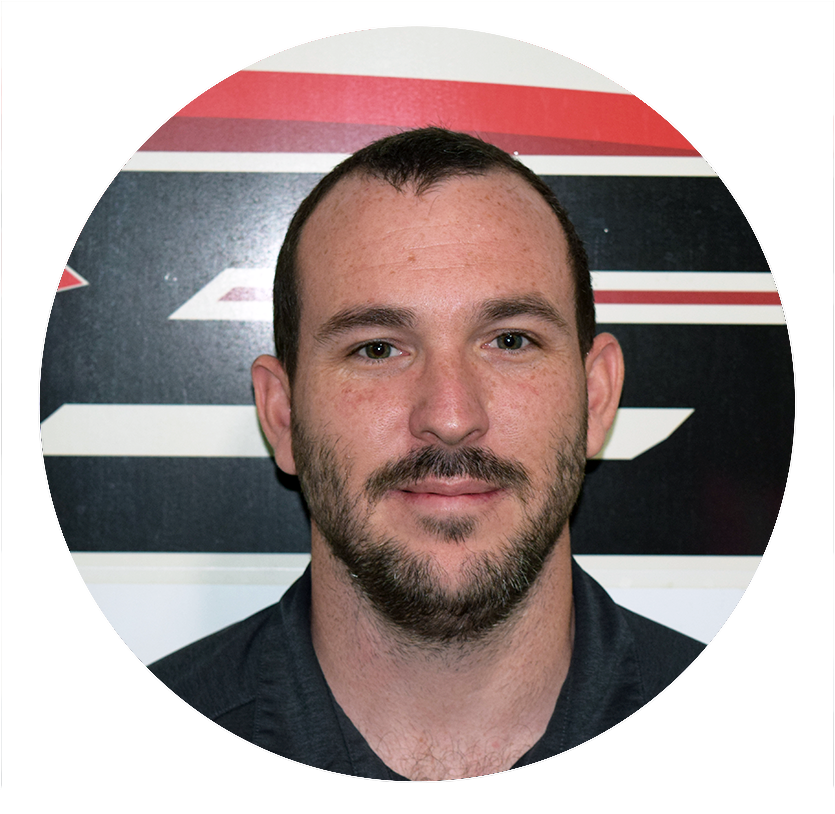LEARN ABOUT OUR
BICYCLE ASSEMBLY LINE

WE CAN ASSEMBLE OVER 1200 BIKES PER DAY.
First, frames are prepped for assembly.
After decals are applied, frames are sent to the main assembly line and hung onto a cable system to begin moving down the line.
Meanwhile, parts are prepared.
On our sub-assembly line, parts like handlebars, stems, cranks and seats are assembled, adjusted and readied to be fitted onto the bicycle.
Assembly begins.
The first section of the assembly line installs the bike crank, hardware and pedals.
"I grew up working in my family’s Bicycle shop, so to be here and assembling bikes in America is wonderful opportunity. Our Assembly team works hard everyday to ensure each and every bike we build is made with our best quality and effort. We take pride in our work and want to ensure that we are making the best bike possible."
Phillip Wescott, Assembly Line Supervisor

The fork is installed.
Assembly line technicians install and lock the fork, while also checking for proper fork rotation.
Kickstand and chain are added.
Assembly line specialists install the derailleur (if the bike has multiple speeds) and kickstand, which mount to the rear section of the frame. Then they secure the chain around the chainwheel and derailleur.
Front brake & handlebar are installed.
Further down the line, the front brake is installed and tightened. After that, a specialist temporarily mounts the handlebar into the stem and secures it until later in the assembly process.
"Quality Control is something we take very seriously here. If you cant trust the bike you're riding to hold up, you're not going to want to ride that bike or support that company. Quality checks are performed in each step of the assembly process, so we can keep producing safe bicycles for American families. "
Koby Bird, Head of Quality Control

The shifter cable is threaded.
If the bike is equipped with multiple speeds, a line member now will thread the cable through the cable guides on the frame and into the derailleur housing.
Rear brake cable is installed.
Now it's time for the rear brake. A specialist installs the cable and runs it from the lever to the rear brake caliper.
Freewheel & derailleur.
Next the rear freewheel is installed, and then the rear derailleur is secured and adjusted by a specialist.
Rear brake and pedals.
The rear brake is assembly is finished, and then the pedals are securely tightened.
Finalizing the assembly.
Line members remove the handlebar and zip tie it, along with the front wheel, to the fork so the bike can be boxed up.
Ready to ship.
Finally, the saddle, manual and tools are fastened to the bike and then all placed neatly into a shipping box.
Ready to head to a shop near you!


